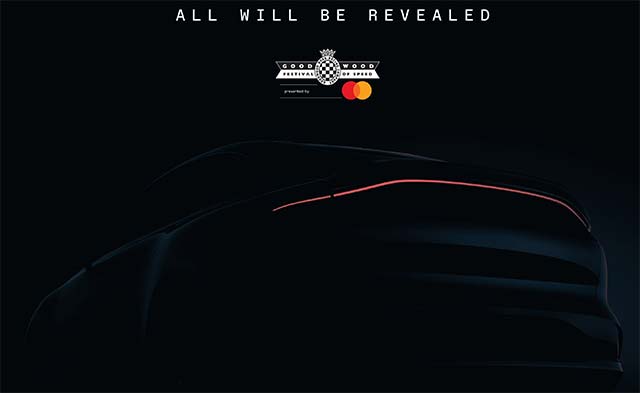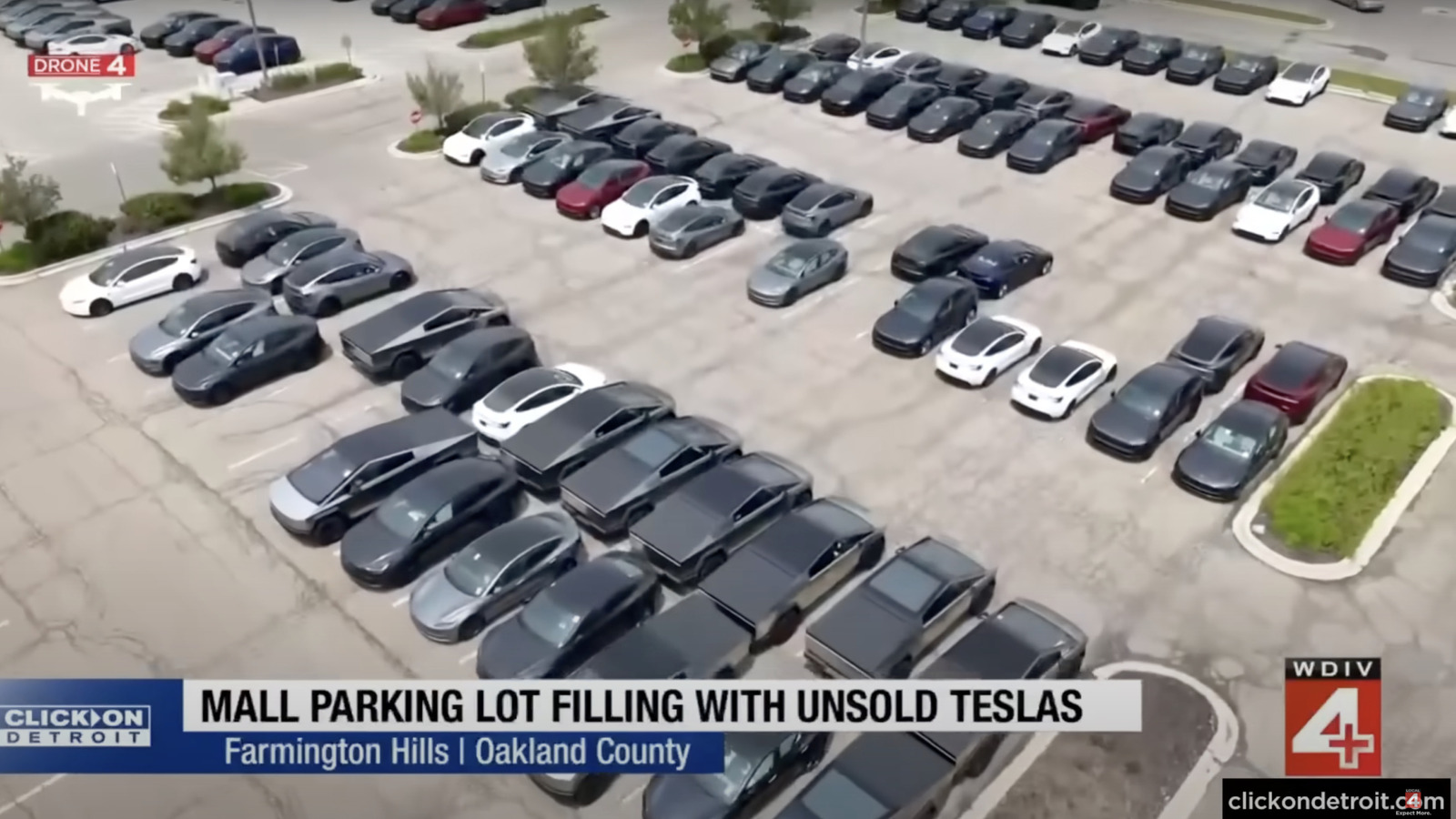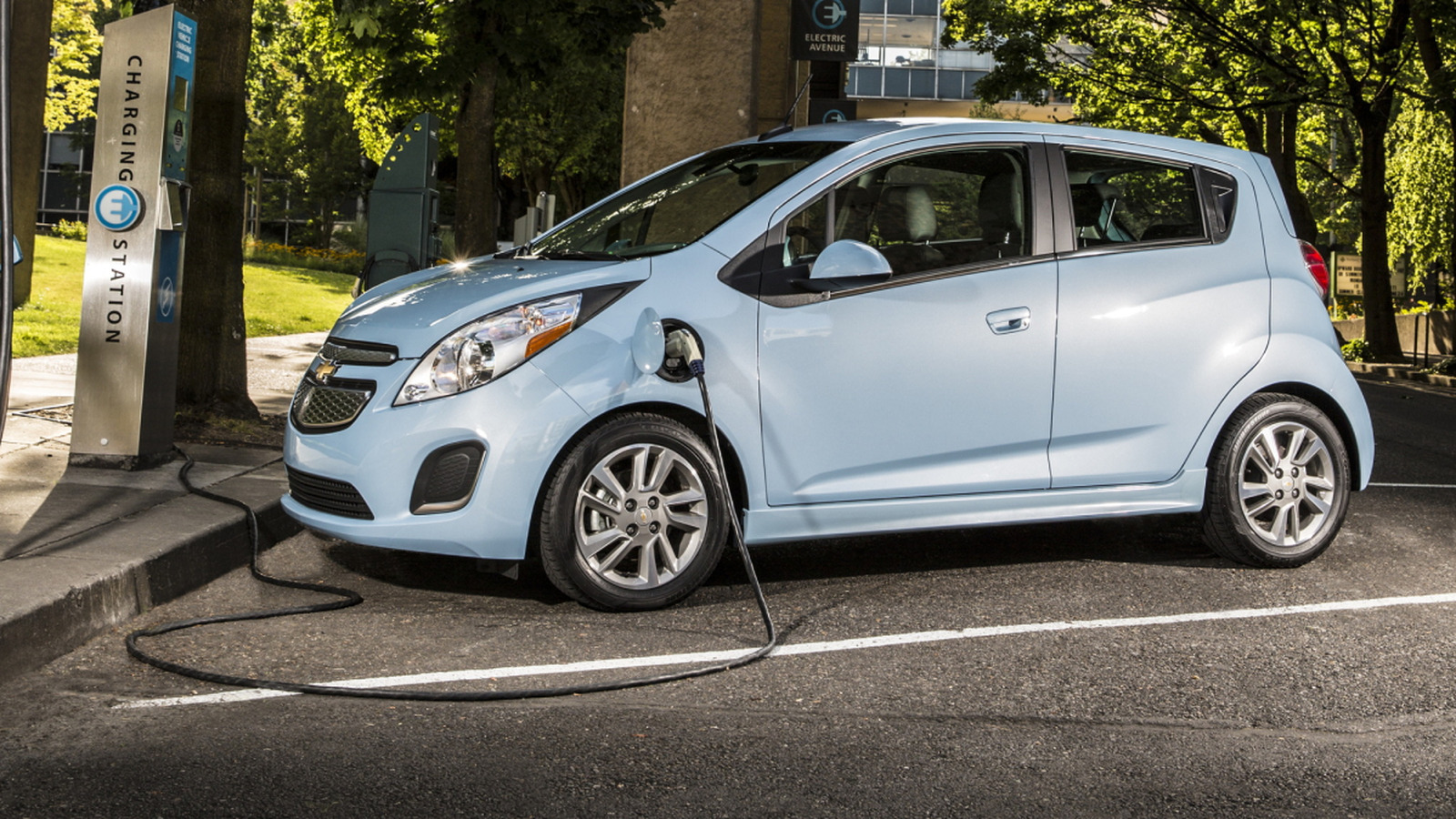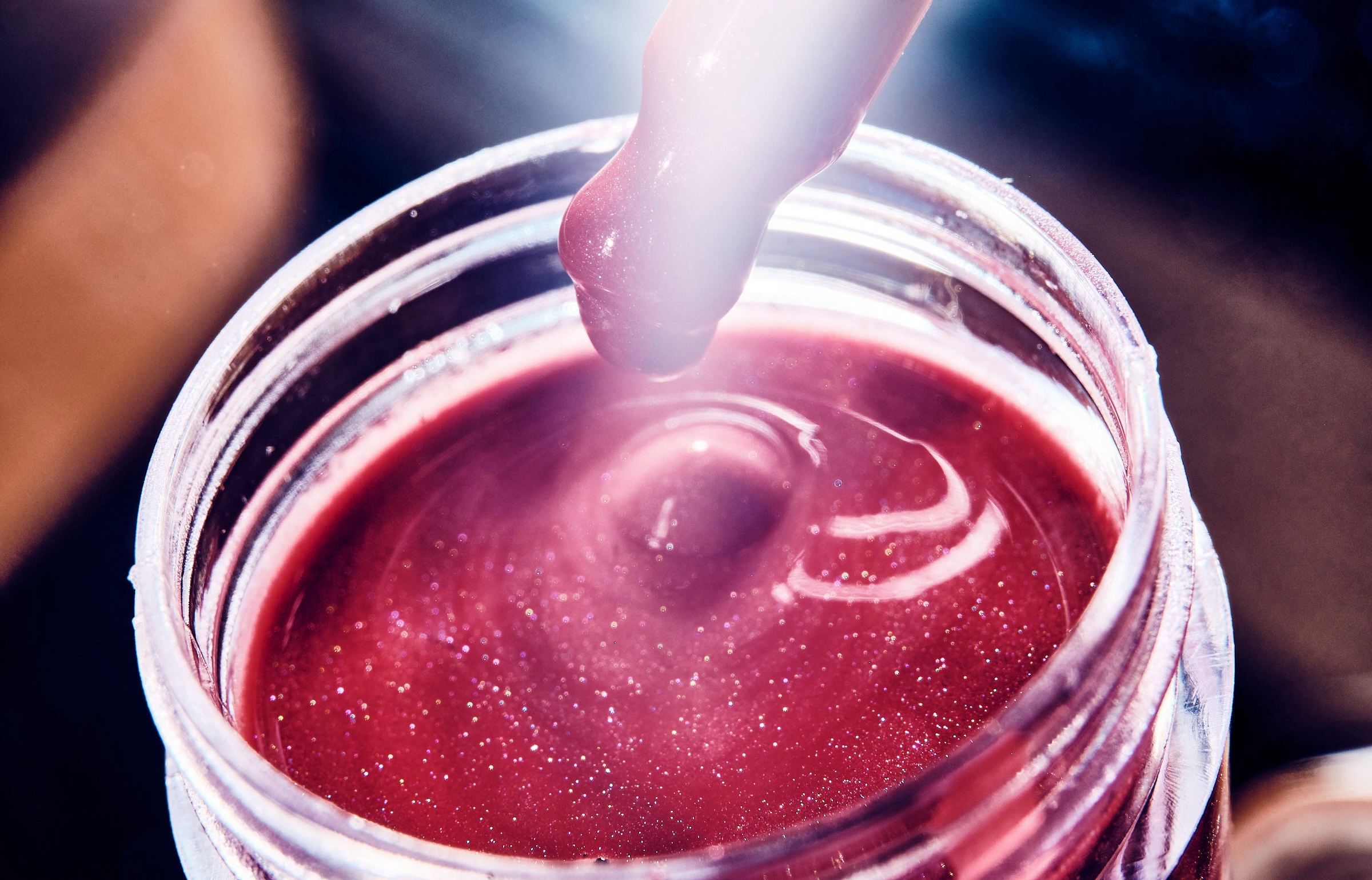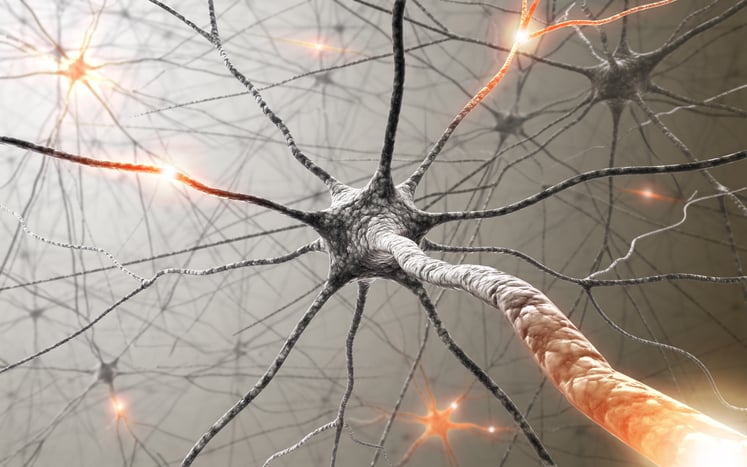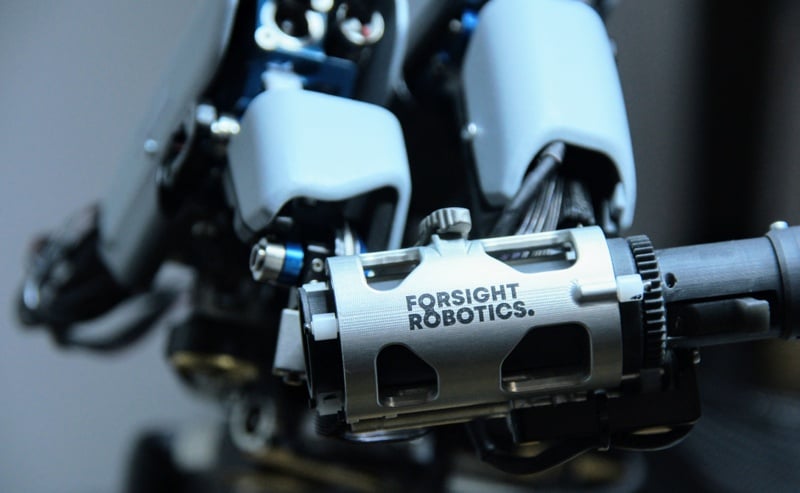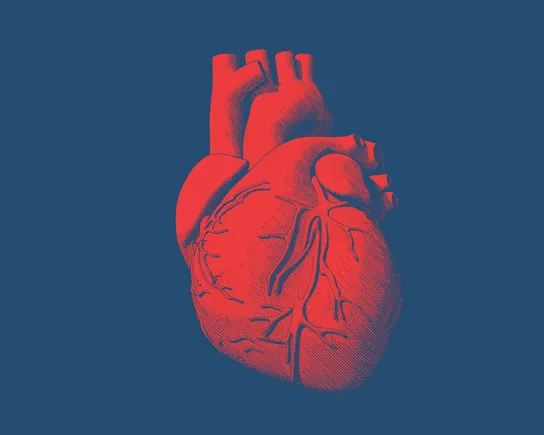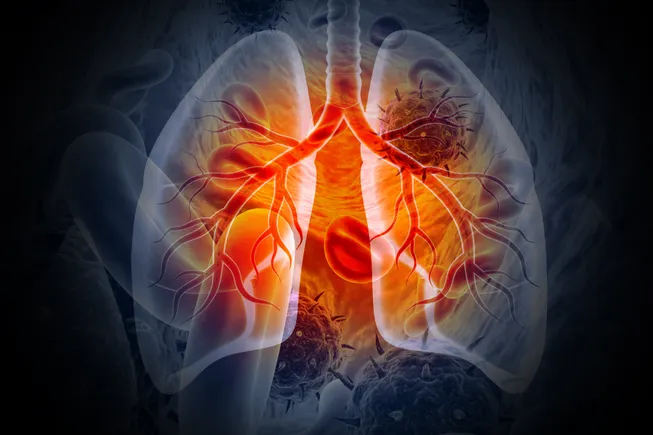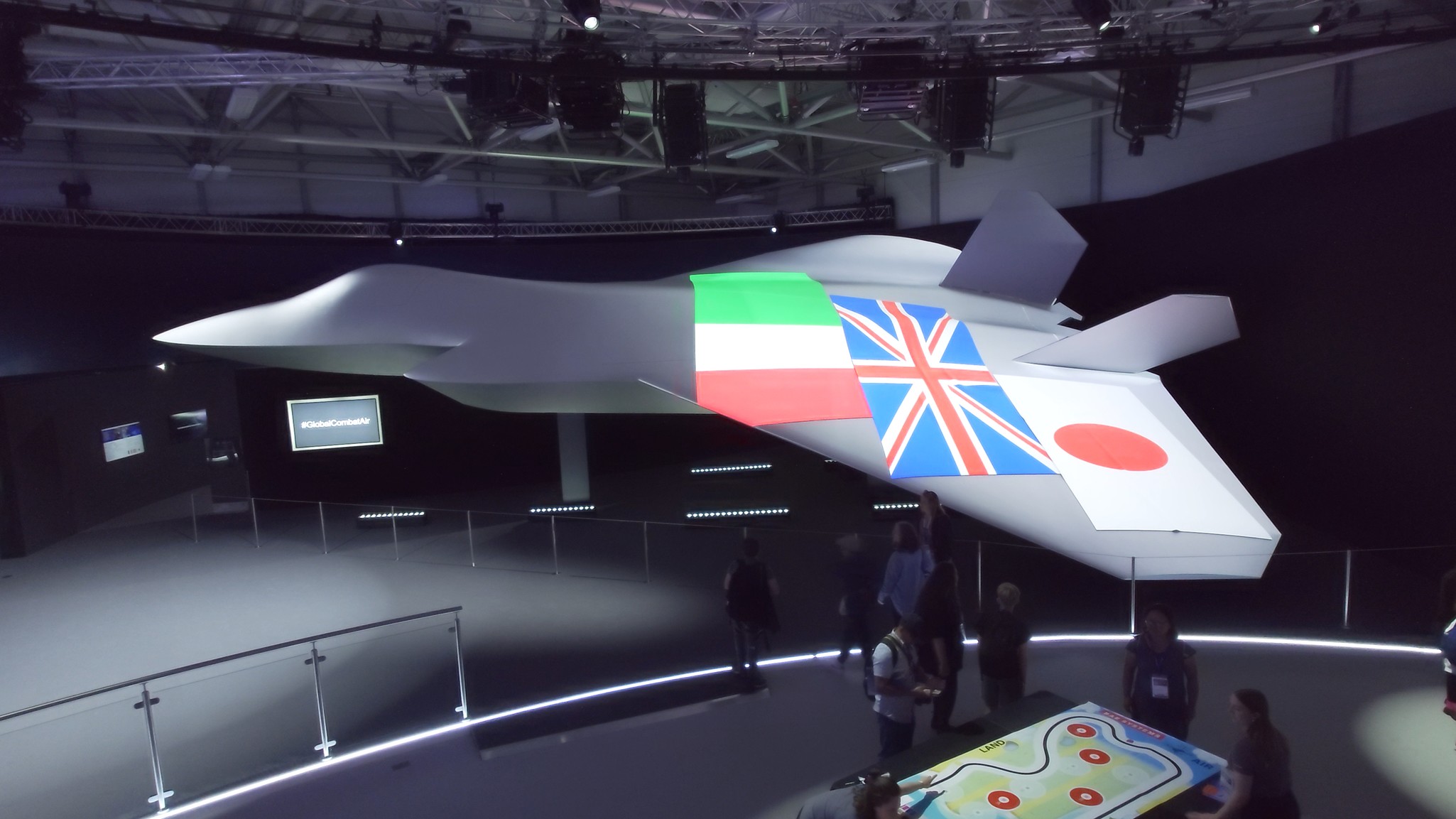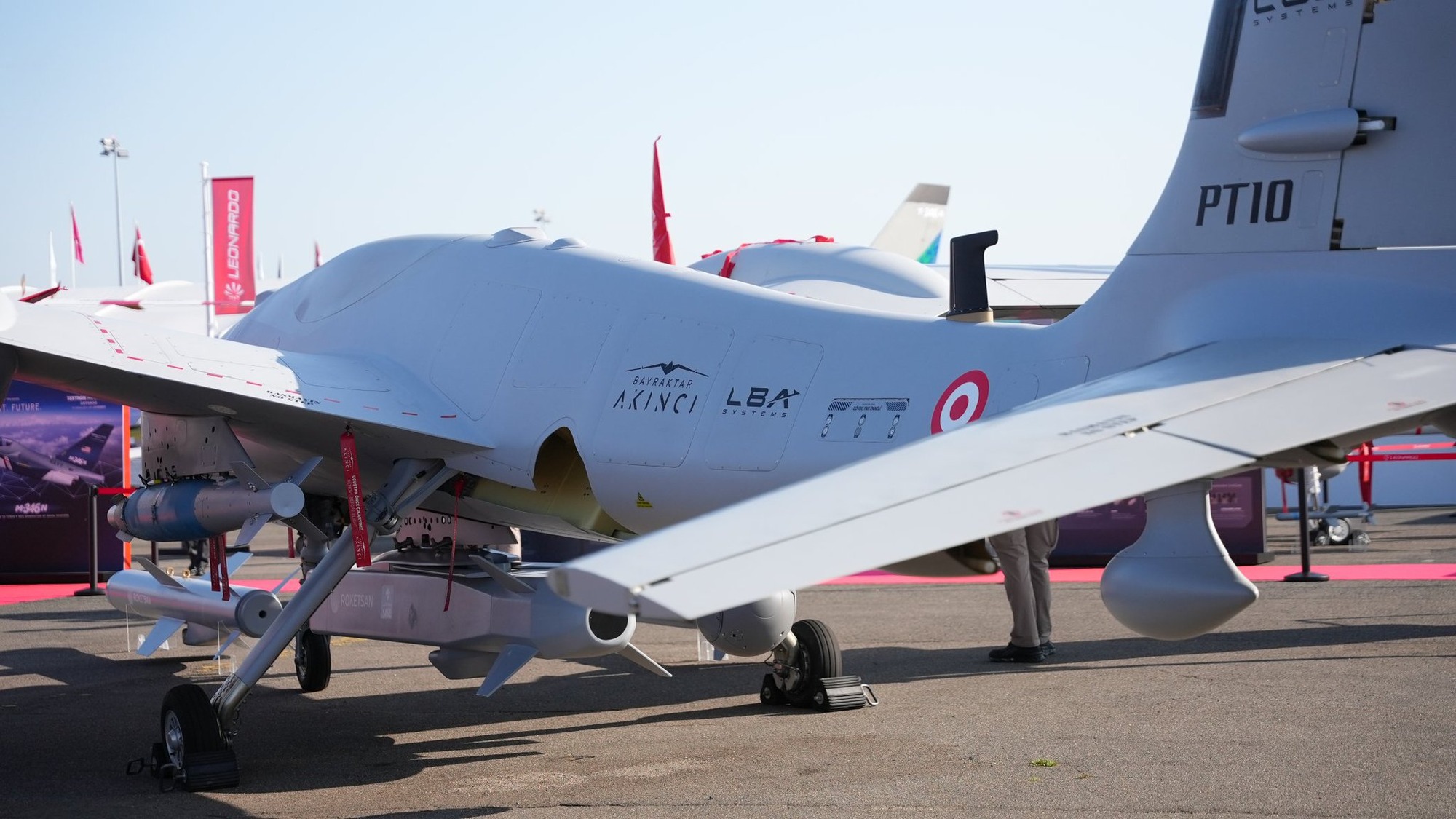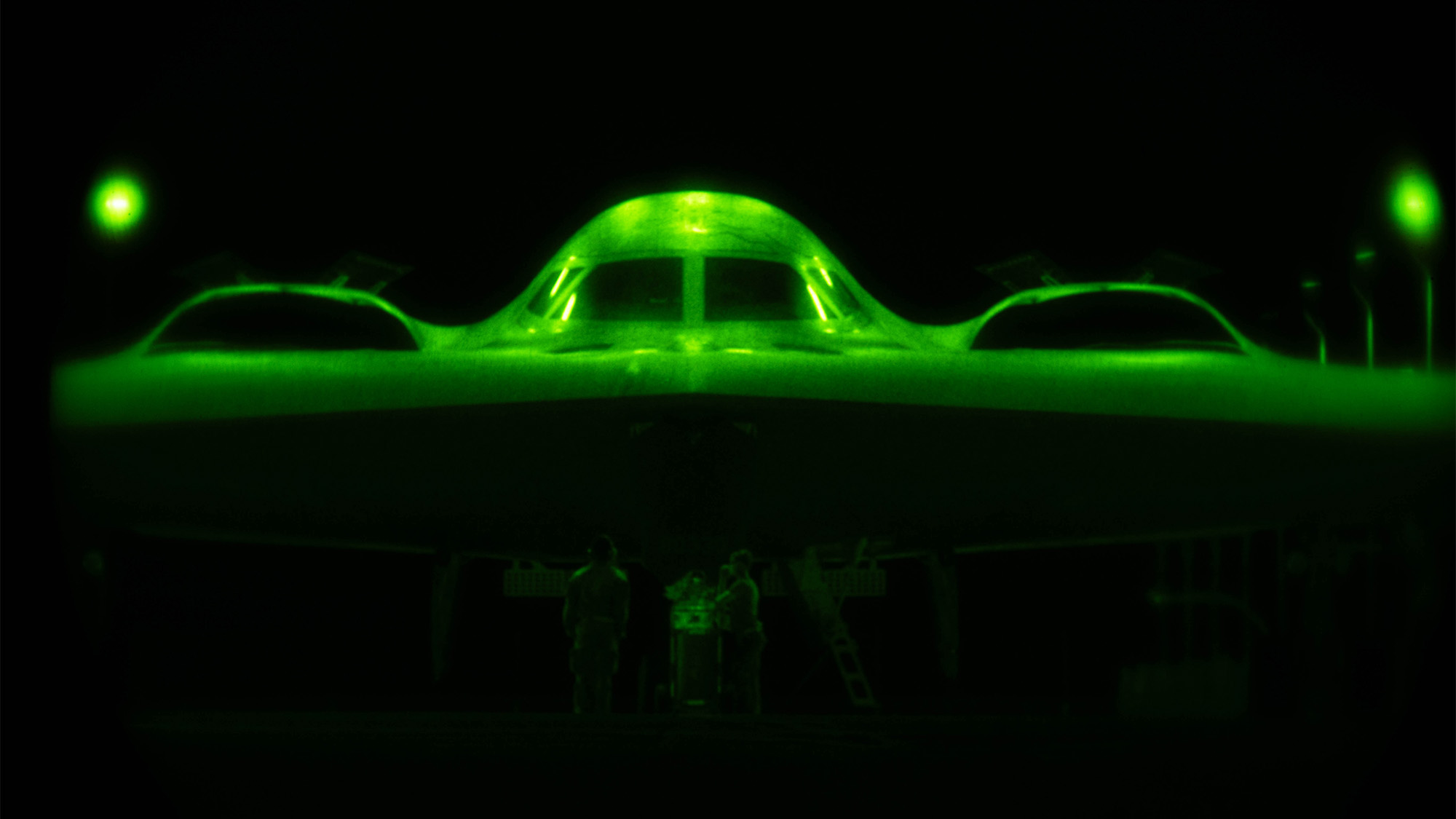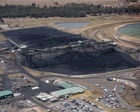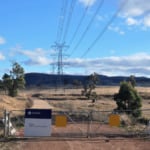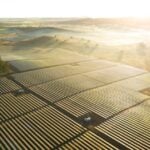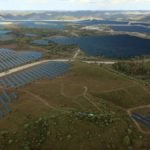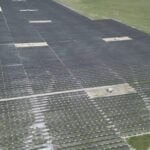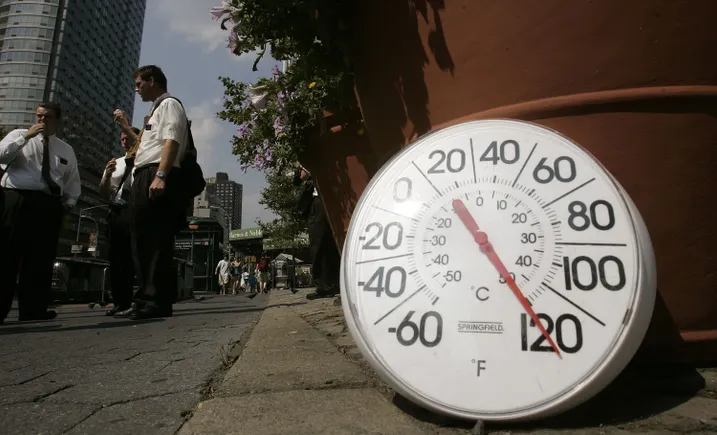Multicomponent Anodes Based on Amorphous ZnP2 for Fast‐Charging/Discharging Lithium‐Ion Batteries
Advanced Energy Materials, Volume 15, Issue 17, May 6, 2025.

Amorphous ZnP₂ hybrids with isotropic nature, porous structure provide abundant pathways for Li+ diffusion, facilitate Li+ accessibility to active sites, and increase reaction kinetics, which meet the demand for fast-charging/discharging performance. The reduced electrochemical polarization, large pseudocapacitive contribution, improved Li+ diffusion kinetics, and more stable electrode-electrolyte interface of the amorphous ZnP2 hybrids electrode contribute to their outstanding performance.
Abstract
High-capacity phosphorus-based anodes have shown promise for fast-charging/discharging lithium-ion batteries, but have a low conductivity, and undergo significant volume changes during use, resulting in a poor rate performance and short cycle life. To overcome these limitations, the study has synthesized a hybrid material comprising amorphous ZnP2 incorporated with in situ formed amorphous zinc phosphate along with phosphorus and carbon (a-ZnP2/Zn3(PO4)2/P/C) by a one-step high-energy ball milling process. The porous structure and isotropic nature of the hybrid amorphous material improve Li+ accessibility, reaction kinetics, and structural stability during fast lithiation/delithiation. Particularly, the hybrid amorphous ZnP2 electrode shows stable cycling performance over 2200 cycles at 5 A g−1 (3 C), retaining 92.3% of its maximum capacity to 985 mAh g⁻¹, and demonstrating high-rate charging/discharging capability at 10/20 A g−1 (6 C/12 C) over 2000/2700 cycles to 734/592 mAh g−1. It is found that a reduced electrochemical polarization, large pseudocapacitive contribution, improved Li+ diffusion kinetics and more stable electrode-electrolyte interface of the hybrid electrode contribute to its outstanding performance. This groundbreaking work paves a way for high-performance multicomponent phosphorus-based anodes for fast-charging/discharging LIBs.




























